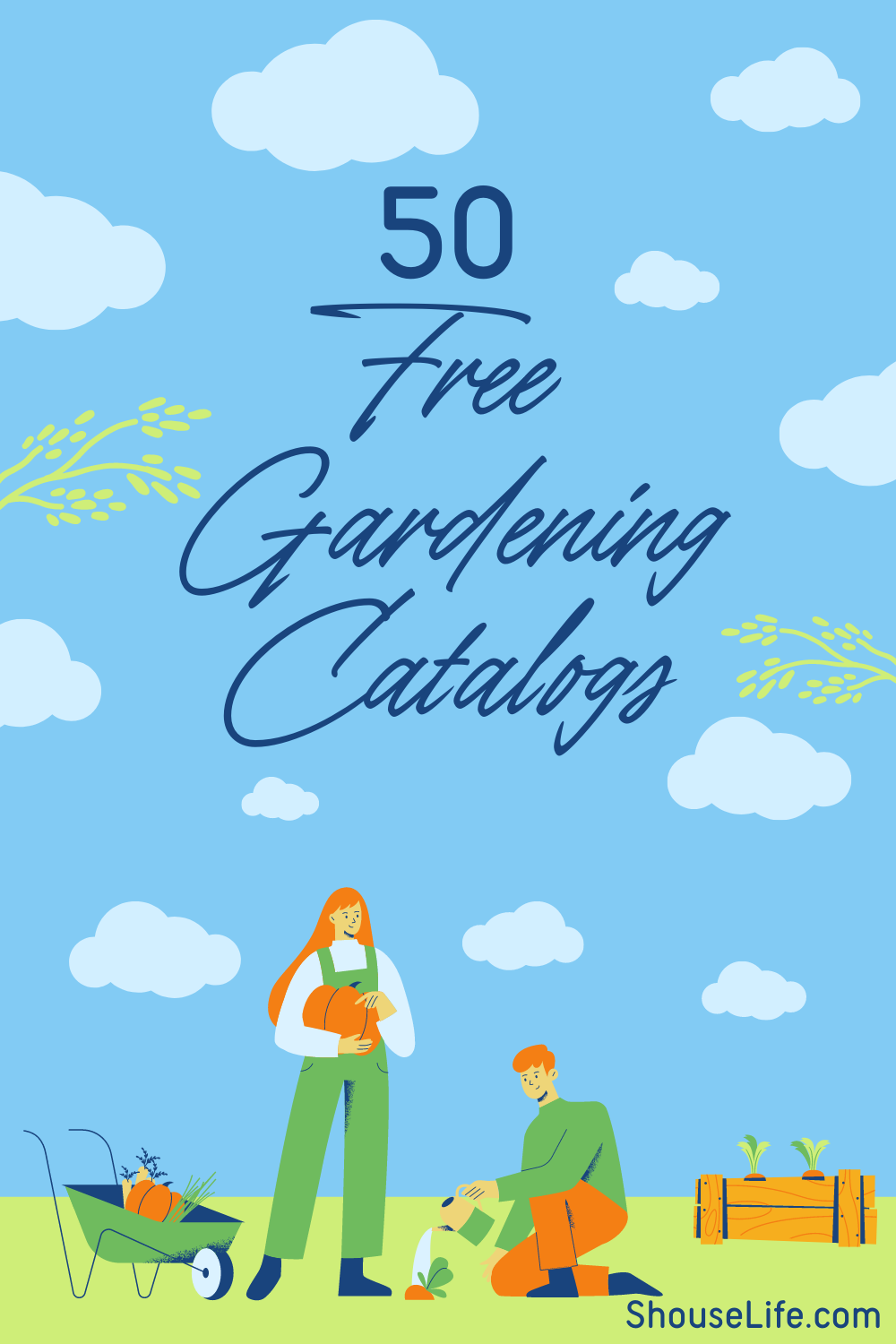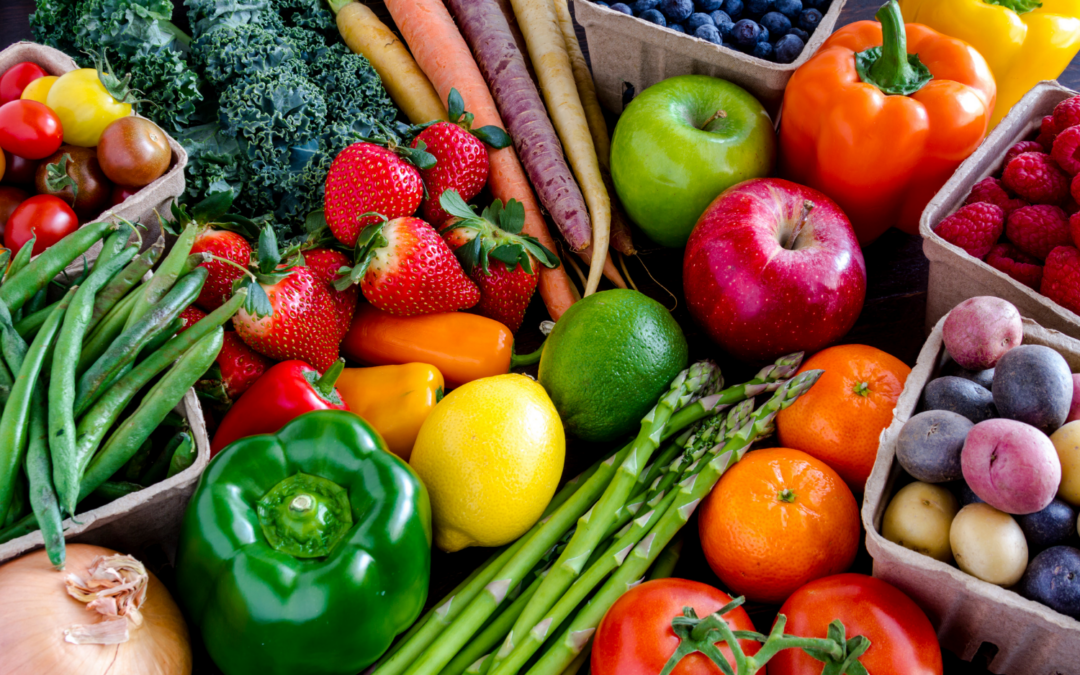You can cut the high cost of living, be healthier, and have a lot of fun by growing fresh vegetables at home. One of the biggest gardening thrills in the world is eating sweet corn just a few minutes after it has been picked, or nibbling sweet carrots or crisp celery grown in your own backyard.
8 Reasons To Start A Garden
There are many reasons to start a garden, but these are just a few of the most important ones. If you’re looking for a way to eat healthier, save money, and get exercise, consider growing your own fruit and vegetables. It’s a satisfying and rewarding experience that everyone can enjoy.
- Fresh fruit and vegetables taste better than store-bought ones.
- You can save money by growing your own produce.
- Gardening is a great way to get exercise and fresh air.
- You can control what goes into your fruit and vegetables, ensuring that they are organic and free of pesticides.
- Growing your own fruit and vegetables is a satisfying and rewarding experience.
- Growing your own fruit and vegetables is environmentally friendly.
- Gardening can be very therapeutic and relaxing.
- You can customize your garden to suit your needs and preferences.
Gardening Tips
You can grow vegetables just as easily as ornamentals. Many of them, in fact, seem to thrive on practically no care at all. The essentials of successful vegetable culture are the proper selection of varieties, adequate soil preparation, and sufficient food and drink. Actually, there is very little expense involved, and just for the fun of it – when you start harvesting the crop compare what it would cost if the produce was bought in a store.
Some vegetables are speed burners. Radishes, for example, are ready for the table in just about 21 days. Other varieties take a long time to attain maturity. You should plant both types and thus stretch the harvesting period over as long a time as possible. Your garden supply dealer can tell you the exact number of days it takes for certain crops to reach maturity. Many gardening catalogs provide the same information.
Free Gardening Catalogs By Mail For 2022

Here is a list of companies that offer free gardening catalogs to be mailed to you. Simply click on the link of which free gardening catalog you would like to request. Then fill out the form with your full name and mailing address to submit the request to have the free gardening catalog to be sent to your mailbox!
- Free Annies Annuals & Perennials Catalog
- Free Annie’s Heirloom Seeds Catalog
- Free Breck’s Catalog
- Free Burnt Ridge Nursery Catalog
- Free Burpee Catalog
- Free Direct Gardening Catalog
- Free Dixondale Farms Catalog
- Free Dutch Gardens Catalog
- Free Fedco Seeds Catalog
- Free Four Seasons Nursery Catalog
- Free Gardener’s Supply Catalog
- Free Gardens Alive Catalog
- Free Garrett Wade Catalog
- Free Gaylord Archival Catalog
- Free GeoSeed Catalog
- Free Gilbert H. Wild and Son Catalog
- Free Gurney’s Seed & Nursery Catalog
- Free Harris Seeds Catalog
- Free High Mowing Organic Seeds Catalog
- Free HPS Seeds Catalog
- Free John Scheepers Catalog
- Free Johnny’s Selected Seeds Catalog
- Free Jung Seed Catalog
- Free K.van Bourgondien Catalog
- Free Kitazawa Seed Catalog
- Free Logee’s Catalog
- Free NeSeed Growers Catalog
- Free Park Seed Catalog
- Free Petals Catalog
- Free Pinetree Garden Seeds Catalog
- Free Prairie Nursery Catalog
- Free Proven Winners Gardener’s Idea Book
- Free R.H.Shumway’s Catalog
- Free Rohrer Seeds Catalog
- Free Select Seeds Catalog
- Free Seven Springs Farm Catalog
- Free Sow True Seed Catalog
- Free Spring Hill Nurseries Catalog
- Free Strictly Medicinal Seeds Catalog
- Free Territorial Seed Company Catalog
- Free Tomato Growers Supply Company Catalog
- Free Totally Tomatoes Catalog
- Free Twilley Seeds Catalog
- Free Urban Farmer Catalog
- Free Van Engelen Catalog
- Free Wayside Gardens Catalog
- Free White Flower Farm Catalog
- Free Wildseed Farms Catalog
- Free Willhite Seed Catalog
- Free Wood Prairie Catalog
It is interesting to note that the early varieties usually have a short harvesting period. They attain maturity fast – and they produce a crop in a relatively few days. Then it is all over. Mid-season and late varieties, on the other hand, are more gradual in their growth and their harvesting period lasts for a fairly long period of time.
Gardening is at best a seasonal proposition. This is true in spite of the fact that vegetables can be grown in your Long Beach garden for 12 months out of the year. But you have to select – and carefully – just what varieties should be planted for each particular season. There are cool weather crops such as spinach and there are warm-weather crops like tomatoes and watermelon. Don’t try to push the season as vegetables pushed at the wrong time of the year rarely ever turn out palatable or of high quality.
Another tip – and this is especially important if you are a novice at vegetable growing – is to start in a small way. Don’t browse through a vegetable seed catalog and decide to rip up your entire garden. Lawns and ornamentals are a definite part of your landscape. You will be much happier if you just take a part of your garden and devote it entirely to vegetable production. If possible grow your edible plants off in a corner somewhere by themselves.
Root crops, such as carrots, beets, and parsnips as well as leaf crops like spinach, endive, or lettuce can be grown best on raised beds. This is the type of culture practiced by large-scale commercial growers throughout the west. The raised beds are constructed by forming furrows parallel to each other and about 30 inches apart, from center to center.
The depth of the furrows depends on the type of soil and the season. Sandy soils require a shallow furrow; heavy soils during the winter season require the deepest furrows. This is all connected with the problem of drainage. Water moves rapidly through light or sandy soils; therefore the furrows in this type of soil need not be deep.
The seeds are planted on the shoulder of the furrows, about one inch back from the edge. During the growing season, the furrows act as irrigation ditches. Let the water move slowly through the furrows to force maximum penetration. The water moves laterally to the root zone.
Vegetables that can be started now either from seed or from plants are beans, beets, carrots, cabbage, celery, chard, endive, onions, parsley, parsnips, radishes, spinach, and turnips. Soon tomato plants will also be ready for transplanting into the garden.



